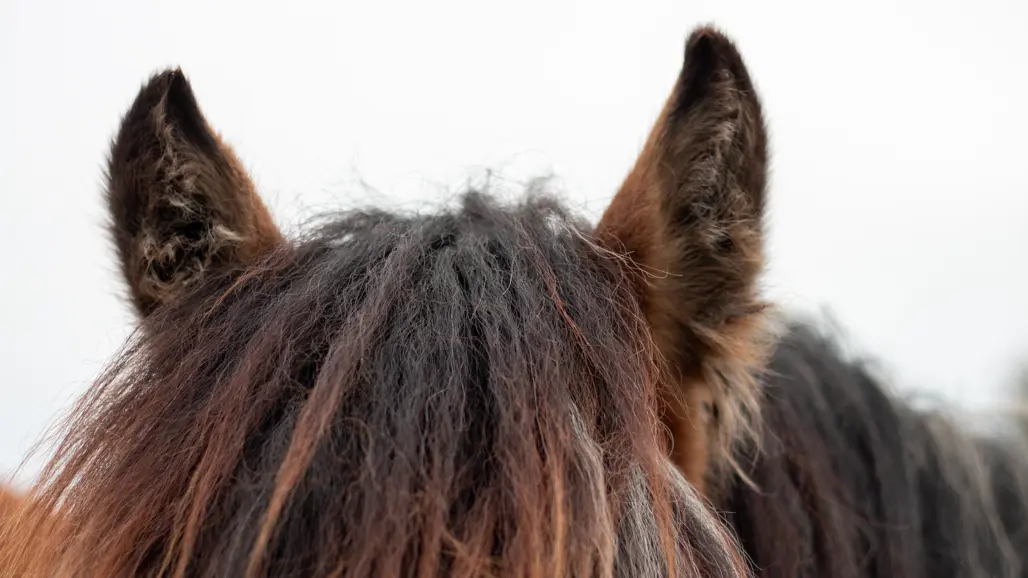
Horse ear injuries healed well with skin grafts
Ear injuries in horses are not always possible to stitch up, which can lead to a malformed ear that requires further surgery. But skin grafting may be a way to avoid the problem, new research from SLU shows.
Primary wound healing, i.e. stitching up the wound, is not always possible on ear injuries in horses as there is often a lot of skin loss. This applies to both traumatic and surgical wounds. These wounds are therefore allowed to heal with so-called secondary healing that relies on the ear's own epithelialization and wound contraction.
However, the result is often deformation of the ear, which may require further surgery to reconstruct the ear and reduce skin tension. One way to avoid these problems is to perform a skin graft. Skin grafting promotes faster wound healing, reduces contractions at the wound edge and preserves the normal shape of the ear.
The skin graft was taken in full thickness from the horse's own chest under anesthesia. The donated flap of skin is divided into a number of smaller skin islands on a net either by hand or with a specially designed instrument. The net with the skin islands is then placed on the ear lesion. In all five horses, complete acceptance of the skin grafts was seen within two weeks of transplantation. The end result was a flat, flexible scar in most cases with fur where the ear had normal function.
Reference:
, , , . Use of full-thickness mesh grafts and full-thickness meek micrografts in five horses with ear skin defects caused by trauma or neoplasm resection. Veterinary Surgery. 2025; 1-8.
Contact
-
Person
-
PersonFrancesco Comino, Clinical veterinarianDepartment of Clinical Sciences